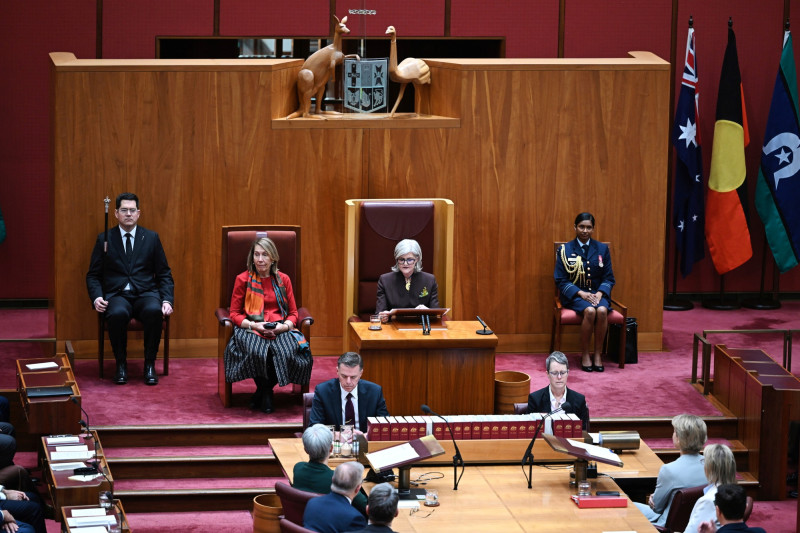What is a session of parliament?
Thanks for your question!
A session of Parliament is a period during which the Parliament meets to conduct its business. A session starts on the first sitting day following a federal election and ends when the Parliament is prorogued – formally closed – or the House of Representatives is dissolved – ended – for an election. The period in which the Australian Parliament operates between federal elections is called a parliamentary term. Each term may then be divided into sessions.
Section 6 of the Australian Constitution states that: 'There shall be a session of the Parliament once at least in every year, so that 12 months shall not intervene between the last sitting of the Parliament in one session and its first sitting in the next session.'
The term of a Parliament may include more than one session and constitutionally there is no limit to the number of sessions which may occur. However, in practical terms, the number of sessions would be unlikely to exceed 3 in any one Parliament (given that an election for the House of Representatives is required at least every 3 years).
In recent years, there has generally only been one session of Parliament per parliamentary term. However, in earlier times, parliamentary terms often included more than one session.
The Governor-General delivers a speech at the opening of a new Parliament

Belinda Hogg/DPS Auspic
Description
The Governor-General gives a speech in the Senate at the opening of a new Parliament. There is a raised platform where the Governor-General sits in a large wooden chair speaking into a microphone. The President of the Senate is sitting in a high backed chair to the right of the Governor-General. Senators, members of the House of Representatives and officials sit nearby watching.
Permission should be sought from DPS AUSPIC for third-party or commercial uses of this image. To contact DPS AUSPIC email: auspic@aph.gov.au or phone: 02 6277 3342.